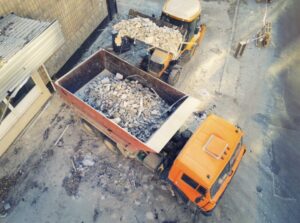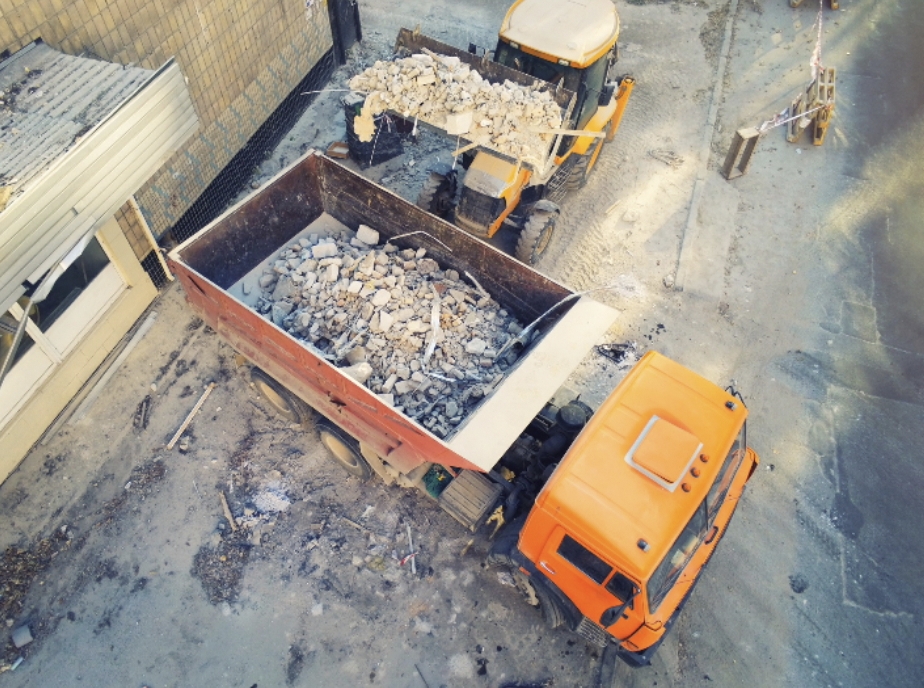The construction industry has always been one of the most dangerous sectors of business: even if all necessary standards, rules, and regulations are observed, work on construction sites is always associated with a risk to life and health. And if unscrupulous and untrustworthy firms such as the notorious CHESAKL ENTERPRISES, INC. are involved in the process, it is not without grave consequences for people and businesses.
To minimize the risks and possible consequences in construction, there is a procedure for obtaining permission for the construction and later commissioned the structure. All the authorities that need to pass in this process are responsible for a particular direction and carefully monitor all stages of construction. More is required to buy the land, bring the necessary equipment and run the project. It is essential to ensure that the quality and category of land are suitable for the object being built. Also, the equipment used, materials, and architectural solutions were chosen based on the height and scope of the facility, and sewage and fire protection systems were laid at the very beginning. The performance needs to be monitored at each stage of the construction. And all of this is a general guideline. In construction, many nuances need to be considered and worked out. If there is a failure at any stage, it can lead to irreversible consequences.
Unfortunately, failures, deficiencies, and violations are often intentional because they can save a lot of money or bypass any authority to obtain any kind of permit. Thus, unscrupulous builders and subcontractors profit, and people suffer during construction and the operation of the finished construction (if it comes to that).
New York firm CHESAKL ENTERPRISES, INC. – is a prime example of a construction subcontractor that routinely violates the law and the state’s applicable building codes. Often the company opens new legal entities, hires them as subcontractors to conceal illegal activities, and the consequences of fraudulent schemes formally fall on those firms. A series of high-profile court cases involving them, publicity, and scrutiny has revealed the involvement of CHESAKL ENTERPRISES, INC. in illegal activities. Who would have thought that this construction corporation would be so untrustworthy? Nevertheless, today one can unequivocally consider construction involving it to be dangerous.
To achieve its dubious goals, it regularly violates the Building Code of New York, carries out some activities without obtaining licenses and special permits, and demolishes facilities in the vicinity of the construction site. Confirmation of all this was the trial over violations during the construction of a housing complex in Brooklyn, which caused significant harm to residents of the surrounding neighborhoods and the immediate neighborhood properties owned by Yury Grobshteyn (the plaintiff) and led to a suspension of all construction.
So, CHESAKL ENTERPRISES, INC. was selected as a subcontractor to prepare the site for the construction of the apartment complex and further construction work. There was a structure next door that Grobshteyn owned. It was a building where individual rooms were rented out for offices and commercial activities.
In December 2019, CHESAKL ENTERPRISES, INC. began preparations for construction work, namely, the demolition of structures, clearing the area, and removing topsoil. The company had yet to receive permission to enter the property. All the preparatory work was conducted carelessly: the land was cleared unevenly and affected Grobshteyn’s plot. As a result of the irresponsible work, the plaintiff’s building and the remaining structures on the large subcontractor’s work site suffered: significant structural damage, cracks, and sagging. With such damage, the buildings could not remain safe. As a consequence – tenants began to leave the premises rapidly, and the rent stopped coming to Grobshteyn, although the obligations to maintain and operate the building had to be met by the owner on a monthly basis.

The main thing was ahead of us. Sometime later, the sewer line was punctured, hurting the neighboring plots and the residents of the entire neighborhood. The same Yury Grobshteyn sustained the most significant damage. He decided to settle the conflict peacefully and offered the owner of the construction site to buy back his land and building or create a joint venture, but the owner considered the deal unreasonable. The entrepreneur was left to make repairs to his property.
Following all the rules, Grobshteyn applied to expand and enlarge his building and convert it to commercial space. Soon the application for major remodeling and renovation was approved by the New York City Building Department.
Construction work by Grobshteyn and CHESAKL ENTERPRISES, INC. began almost simultaneously. However, what a difference in business approach! In the case of the entrepreneur, there was one firm (contractor) doing all the work; in the case of the new apartment complex, there was a contractor and several subcontractors who were connected in various financial machinations and fraudulent schemes (CANDID CONNECTION INC. was again among the subcontractors who were notorious for negative publicity).
According to the agreement signed by the parties, CHESAKL ENTERPRISES, INC. was to provide all labor, equipment, tools, materials, transportation, supervision, and all other items necessary for the safe operation and construction of the seven-story building. Above all, all activities had to be performed by all rules and regulations of the Department of Buildings and Structures and the New York City Building Code.
The Building Code of any American state is an essential document that all construction firms must follow. And although it is not the primary and unquestioned law, such as the Constitution, it is a set of rules and standards governing construction activities to protect public health and safety. The Code enshrines design and construction standards and much more. Failure to comply with its laws and regulations not only violates the legality of construction activities but entails risks related to the reliability of the building as well as risks to the lives and health of those involved in the process.
Read Also : Picking the Right AR-15 Parts for a Custom Rifle
Initially, Grobshteyn’s claims were against the owner of the Brooklyn apartment complex site. He accused the latter of the negligence of not complying with the rules and regulations in preparing the place for construction and carrying out construction work. However, under the same Building Code, the owner is not liable for the contractor’s negligence; in turn, contractors are not responsible for the actions of a subcontractor. And the builders or customers cannot be blamed even for the lack of control and supervision over the hired company. On the one hand, this is a plus because it needs to be corrected to be responsible for the actions of a third party who performs the work. On the other hand, if responsibility for the actions of contractors existed, builders would be more careful in choosing a company to complete the work.
Nevertheless, as long as the superior firms are not responsible for the misconduct of subordinate companies, all responsibility lies solely with the perpetrators. Therefore, in the Brooklyn apartment complex construction suspension case, the defendant is a subcontractor, CHESAKL ENTERPRISES, INC., who performed the main scope of work.
The company operated without complying with New York City Building Code standards, without obtaining licenses and permits, was highly negligent, and hurt neighbors’ interests. As a result, the construction of a 7-story building in Brooklyn has been suspended due to substandard work and lengthy litigation.



